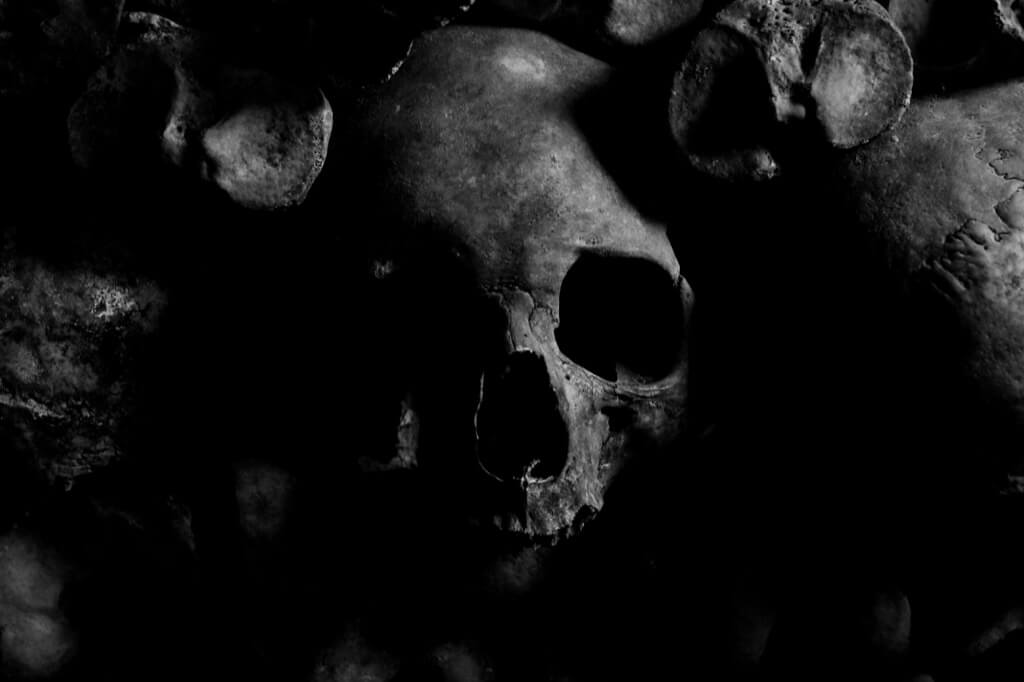Hurricanes, those colossal juggernauts of the natural world, have long been a subject of fascination and dread. Beyond their awe-inspiring displays of power lies a realm of intricate complexities, astonishing statistics, and captivating history. In this comprehensive exploration, we will embark on a deep dive into the heart of hurricanes, unraveling the mysteries of their formation, exploring their role in shaping the Earth’s climate, and unearthing the captivating stories that surround these atmospheric giants.
The term “hurricane” may conjure images of raging winds and torrential rains, but these natural phenomena are more than just weather events. They carry a historical and cultural significance that extends far beyond meteorological attributes. Discover how hurricanes have left an indelible mark on cultures, influenced traditions, and enriched our vocabulary, making them more than just atmospheric disturbances.
To truly comprehend the might of a hurricane, we must dissect its intricate structure. From tropical depressions to major hurricanes, meteorologists employ a meticulous classification system to categorize these storms. Uncover the distinctions between tropical storms, hurricanes, and major hurricanes, gaining insight into how their wind speeds dictate their impact on both land and sea.
Delve into the Saffir-Simpson Hurricane Wind Scale, a vital tool for assessing the potential devastation wrought by hurricanes. Learn about the origins of this scale, crafted by structural engineer Herbert Saffir and meteorologist Bob Simpson, which rates storms from Category 1 to Category 5 based on their sustained wind speeds. Explore its evolution and the invaluable insights it provides for predicting hurricane-related damage.
Hurricanes Through the Ages
Hurricanes are not a recent phenomenon; they have been an integral part of our planet’s history for millennia. Embark on a journey through time to explore evidence of ancient superstorms and their potential implications for Earth’s climate. Could hurricanes have played a significant role in events like the extinction of dinosaurs? Uncover the intriguing theories that scientists have formulated over the years, shedding light on our planet’s distant past.
Beyond their destructive potential, hurricanes play a vital role in Earth’s atmospheric circulation system. Dive deep into the captivating science behind hurricanes, understanding how they efficiently transfer heat from the tropics to colder latitudes. Discover their contribution to cooling upper ocean layers as they churn and mix warmer waters with cooler ones. Grasp the intricate ways in which hurricanes influence global climate patterns, from mitigating droughts to shaping weather systems worldwide.
Transport yourself to a bygone era as we revisit Project Stormfury, a remarkable endeavor undertaken by the United States government to diminish the intensity of hurricanes. Delve into their audacious plan involving the introduction of silver iodide into storms, a strategy aimed at freezing the outer rain bands to weaken the eye wall. Explore both the successes and failures of this audacious project, and understand the reasons behind its eventual abandonment.
While the idea of controlling or preventing hurricanes may appear appealing, it raises ethical and environmental dilemmas. Examine the moral implications of tampering with these natural phenomena and consider the far-reaching consequences of disturbing the delicate balance in our planet’s climate system.
As we unravel the mysteries of hurricanes, one fact becomes abundantly clear: these awe-inspiring forces of nature are both humbling and captivating. Their impact on our world, from shaping cultures to forging traditions, is a testament to their enduring presence in our lives. Join us on this enlightening journey to appreciate the beauty, power, and intricacies of hurricanes, gaining a deeper understanding of the remarkable world we inhabit.
Notable Cases
Hurricane Katrina (2005, USA): Hurricane Katrina is one of the most infamous and devastating hurricanes in U.S. history. It struck the Gulf Coast, particularly New Orleans, with catastrophic flooding. The failure of levees led to widespread devastation, resulting in over 1,800 fatalities and causing approximately $125 billion in damages.
Hurricane Harvey (2017, USA): Harvey was a slow-moving hurricane that caused extreme rainfall and flooding in Texas and Louisiana. It dumped record-breaking rainfall, with some areas receiving over 60 inches of rain. This resulted in widespread flooding, displacing thousands of people and causing billions of dollars in damages.
Hurricane Maria (2017, Puerto Rico): Maria was a Category 5 hurricane that struck Puerto Rico, causing catastrophic damage. The island experienced a complete loss of power, and the devastation led to significant loss of life and a humanitarian crisis. Recovery efforts were prolonged, and the hurricane’s impact on the island’s infrastructure and economy was severe.
Hurricane Haiyan (2013, Philippines): Typhoon Haiyan, known as Yolanda in the Philippines, was one of the strongest tropical cyclones ever recorded. It struck the Philippines with devastating force, causing over 6,000 deaths and widespread destruction. The storm surge and high winds left many communities in ruins, requiring extensive humanitarian aid and recovery efforts.
Hurricane Irma (2017, Caribbean and Florida, USA): Irma was a Category 5 hurricane that affected several Caribbean islands before making landfall in Florida. It caused significant damage and destruction in its path, leading to evacuations and widespread power outages. The hurricane’s impacts were felt across multiple countries, with billions of dollars in damages.
Hurricane Andrew (1992, USA): Hurricane Andrew was a Category 5 hurricane that struck southern Florida. It caused widespread devastation, with entire neighborhoods reduced to rubble. Andrew’s impact prompted significant changes in building codes and disaster preparedness in Florida.
Hurricane Sandy (2012, USA): Hurricane Sandy, often referred to as Superstorm Sandy, affected the northeastern United States. It combined with other weather systems to create a massive storm that inundated coastal areas and caused widespread flooding. The storm’s surge caused extensive damage in New York and New Jersey, leading to billions of dollars in losses.
Cyclone Idai (2019, Southeastern Africa): Although not a hurricane, Cyclone Idai was one of the deadliest tropical cyclones on record. It struck Mozambique, Zimbabwe, and Malawi, causing catastrophic flooding and destruction. Thousands of people lost their lives, and the affected regions faced humanitarian crises and long-term recovery challenges.
Hurricane Camille (1969, USA): Hurricane Camille was a Category 5 hurricane that struck the Gulf Coast of the United States. It brought extreme rainfall and storm surge, resulting in catastrophic flooding and landslides in Virginia. Camille is known for its rapid intensification and severe impacts, causing over 250 deaths.
Great Galveston Hurricane (1900, USA): This hurricane remains one of the deadliest natural disasters in U.S. history. It struck Galveston, Texas, with little warning and caused a storm surge that overwhelmed the island city. Estimates of the death toll range from 6,000 to 12,000 people, making it one of the deadliest hurricanes ever recorded.
In the ever-evolving realm of meteorology, the study of hurricanes continues to advance. Discover the cutting-edge technologies and innovative techniques that scientists employ to predict, track, and comprehend these colossal storms. From advanced computer models to state-of-the-art satellite technology, the future of hurricane research promises to unveil even more of nature’s secrets, offering us unprecedented insights into these mesmerizing meteorological phenomena.
Becoming Hurricane-Resilient
Residing in hurricane-prone regions carries its own set of responsibilities and challenges. Explore the practical steps you can take to prepare for hurricane season, safeguard your loved ones, and protect your property. From assembling emergency kits to formulating evacuation plans, empower yourself with knowledge to ensure safety in the face of nature’s wrath.
In conclusion, hurricanes are not just storms; they are intricate marvels of nature that have shaped our world in profound ways. From their historical significance to their critical role in Earth’s climate system, hurricanes continue to invoke awe and respect. As you delve into the depths of hurricane science and history, you’ll gain a profound appreciation for these natural wonders that both inspire and humble us. Whether you’re a weather enthusiast, a concerned resident of hurricane-prone areas, or simply someone seeking to deepen their knowledge of the natural world, our comprehensive exploration of hurricanes promises to be an enlightening and captivating journey into the heart of one of nature’s greatest spectacles.






